The Leopard Cat is a small species of wild cat that lives in southern Asia. It is about the size of a domestic cat, but with longer legs and a lean build. However, these cats do not look like a miniature version of a leopard, as their name might suggest.
They come in a variety of colors and patterns, including stripes, elongated spots, and round spots. Read on to learn about the Leopard Cat.
Description of the Leopard Cat
This cat species usually measures about 20 in. long and weighs about 10 lbs. or so. Its coat varies in color from grey to tawny yellow, and its underside is white. At a glance, its pattern looks similar to that of an ocelot. Its coat has spots, blotches, and stripes at various points across its body.
These cats also vary in color and pattern based on the region in which they live. Cats in warmer regions have short, sleek fur, while cats in colder areas have longer, thicker coats. Those cats in colder regions farther north are also slightly larger and heavier.
Interesting Facts About the Leopard Cat
Though they are small, Leopard Cats are impressive predators. Learn what makes these little cats so unique below.
- The Two Leopard Cats – Researchers previously believed that the cats of this species in mainland Asia were the same species as those in Malaysia and the surrounding islands. Using genetic researcher, scientists have now classified the Sunda Leopard Cat as a separate species from the “Mainland” Leopard Cat.
- Long-Lost Housecat – In early China, about 5,000 years ago, humans began domesticating these cats as pets. These early housecats did not continue in their relationship with humans. Instead of keeping and breeding them, people brought African wildcats, which eventually became our domestic felines.
- Bengal Cat – The now-popular Bengal cat is a breed of exotic cat that people keep as pets. Breeders cross Leopard Cats with domestic felines, and sell the kittens as “Bengal cats.” You can easily recognize these felines by their bright colored coats with large rosette patterns.
Habitat of the Leopard Cat
Leopard Cats live in forested areas with lots of trees and underbrush. They are elusive cats, and people usually cannot spot them in their densely vegetated habitats. Within their wide range they inhabit several different types of forests, including tropical forests with high rainfall and humidity, temperate forests, and coniferous forests with pine trees.
Though they are shy, these cats also live somewhat close to human habitation and will hunt in agricultural areas and palm plantations. They can also live in regions that people have previously cleared, as long as there is underbrush to hide in.
Distribution of the Leopard Cat
For such small cats, this species lives across a vast range in Asia. In fact, you can find these felines across nearly all of southeast Asia. They live from the middle east down through the Himalayan Mountains.
They also have populations in from India across southeast Asia, through China and into North and South Korea. Their distribution is not spotty or patchy, and Leopard Cats live across the entire regions discussed.
Diet of the Leopard Cat
The Leopard Cat is a carnivore and feeds primarily on small animals. Some of their favorite foods are rats, mice, rabbits, hares, birds, lizards, and even bats. Across their range, different cats have different diets. Cats in some areas feed on more rats and mice while cats in other areas hunt a wider variety of prey.
These felines are ambush hunters, and usually use dense vegetation and tall grasses to sneak up on their prey. These cats also climb trees to hunt, and swim to catch fish and shellfish.
Leopard Cat and Human Interaction
Even though Leopard Cats live in somewhat close proximity to humans in certain regions, they rarely interact with people in any way. If humans approach them, these cats flee into the underbrush. Sadly, human activity does impact them.
Though the IUCN lists this species as Least Concern, their populations still face human threats. People hunt these cats for their fur and meat, and capture them for the pet trade. They also suffer from habitat destruction, though to a lesser degree than other felines.
Domestication
Humans began domesticating this species about 5,000 years ago but did not continue the domestication effort. Nowadays, Leopard Cats have not been truly domesticated in any way, but people have cross bred them with domestic cats.
Does the Leopard Cat Make a Good Pet
While Bengal cat hybrids might make good pets, wild Leopard Cats do not. The Bengal cat hybrids that people keep as pets are several generations removed from their wild cousins, and thus behave much more like domestic cats. Wild Leopard Cats are incredibly shy, and do not like to interact with humans in any way.
Leopard Cat Care
Leopard Cats live in various zoos across the world. In zoos, these cats live in relatively large enclosures with a variety of different hiding places and shrubbery. Zookeepers provide them with a variety of environmental enrichment like toys, new scents, chews, hidden food, puzzle toys, and more.
They feed them a commercially produced ground meat diet for carnivores, bones, rats, mice, and more. In zoos, these cats also participate in breeding programs that help scientists understand their behavior, which aids in the preservation of the species.
Behavior of the Leopard Cat
These cats are nocturnal and most active at night, but they are sometimes active during the day as well. It is difficult for researchers to study this cat in the wild because they are quite small and shy.
From what scientists have been able to observe, these cats are solitary. They patrol and mark their territories with urine and feces to communicate with their neighbors. When cats are receptive to breeding, they advertise this in their scent marking.
Reproduction of the Leopard Cat
Males hold larger territories so that they have access to several different females. After mating, the male goes on his way to look for another receptive female.
Female Leopard Cats give birth to a litter of two or three cubs after a 10-week gestation period. The cubs are born blind and deaf but develop quickly. Their mother teaches them to hunt, and the cubs are fully independent when they reach 8 months of age.



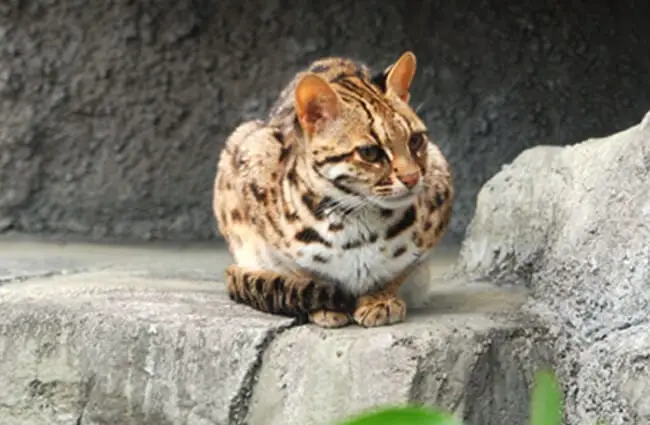
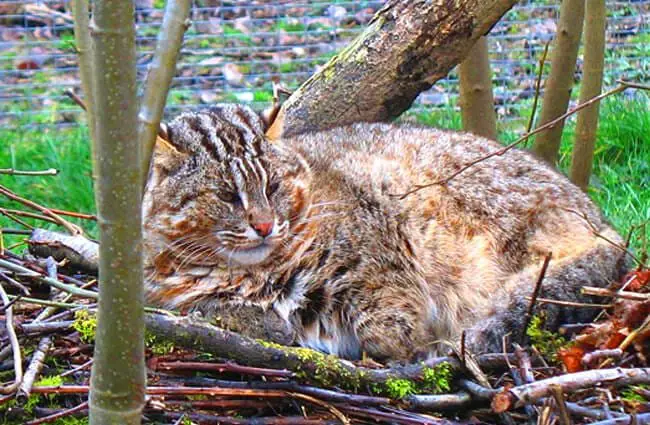
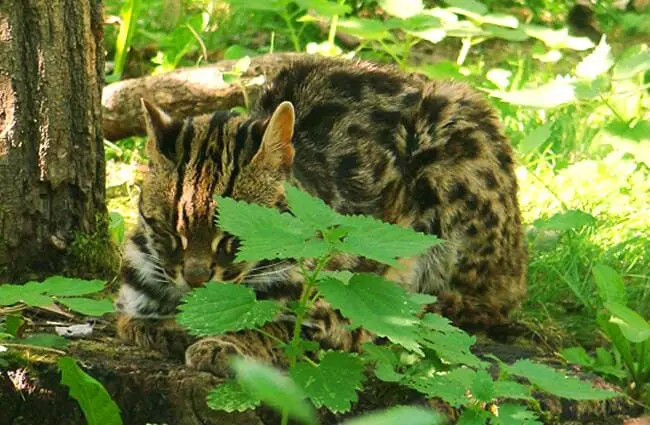

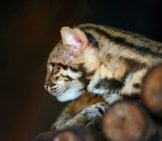

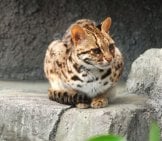

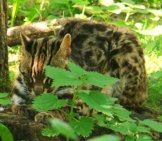

![Red Angus Closeup of a beautiful Red Angus cowPhoto by: U.S. Department of Agriculture [pubic domain]https://creativecommons.org/licenses/by/2.0/](https://animals.net/wp-content/uploads/2020/03/Red-Angus-4-238x178.jpg)












![Red Angus Closeup of a beautiful Red Angus cowPhoto by: U.S. Department of Agriculture [pubic domain]https://creativecommons.org/licenses/by/2.0/](https://animals.net/wp-content/uploads/2020/03/Red-Angus-4-100x75.jpg)

